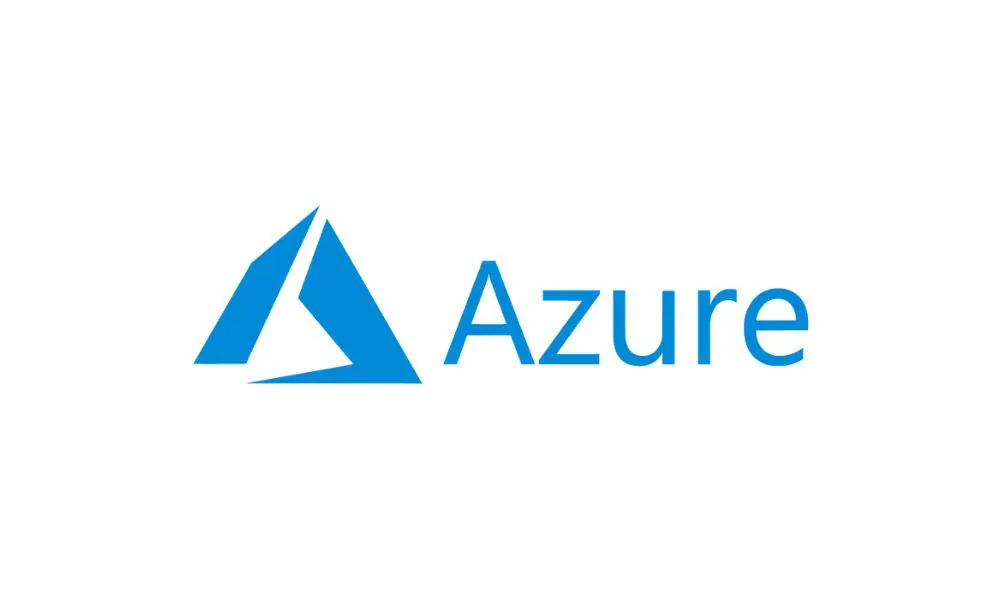Sustainability has become a core priority for every organisation. As IT leaders look for ways to reduce energy consumption and lower emissions, moving workloads to the cloud represents one of the most effective steps forward.
For localised deployments, Microsoft Cloud is between 79% and 93% more energy efficient than traditional on-premises datacentres. When renewable energy is factored in, carbon emissions from Azure Compute are up to 98% lower than equivalent on-premise infrastructure.
By migrating to Azure, organisations can dramatically reduce their environmental footprint while optimising operational performance. Below, we explore four key areas where Microsoft’s cloud investments are driving measurable sustainability outcomes.
Renewable efficiency
Microsoft is on track to power 100% of its data centres with renewable energy by next year. Azure already draws heavily from wind, solar, and hydroelectric sources, ensuring that workloads run on clean, sustainable power.
This transition significantly cuts the emissions associated with IT operations, helping organisations meet environmental, social, and governance (ESG) commitments without compromising performance or reliability.
Infrastructure efficiency
Azure’s hyperscale datacentres are engineered for maximum efficiency. Through advanced cooling systems, intelligent workload placement, and optimised power usage, Azure delivers far greater performance per watt than most traditional on-premise facilities.
The economies of scale achieved through these global datacentres enable customers to benefit from Microsoft’s multi-billion-pound investment in sustainable infrastructure.
Operational efficiency
One of the cloud’s greatest advantages is flexibility. Azure allows organisations to scale resources dynamically, matching capacity to actual demand. This eliminates the need for underused hardware and reduces wasted energy. Right-sizing workloads ensure that you only consume the resources you need, improving both sustainability and cost efficiency.
Equipment efficiency
Microsoft continually innovates to improve server design and lifecycle management. Azure hardware is refreshed and recycled in line with circular economy principles, minimising waste, and maximising resource reuse. These advancements ensure that every watt of power and every unit of hardware contributes to greater efficiency and lower emissions.
Tracking and optimising emissions in Azure
Microsoft provides a suite of tools to help organisations measure and manage their environmental impact. Microsoft Sustainability Manager tracks ESG goals across your business. The Emissions Impact Dashboard offers Power BI-based visibility into emissions from Azure and Microsoft 365.
Additionally, the Azure Carbon Optimisation Capability provides detailed insight into your carbon footprint, tracking emission trends, viewing emission details, and recommending specific reduction actions.
By leveraging these insights, organisations can optimise Azure environments not only for performance and cost but for sustainability as well.
At Bridgeall, we help organisations modernise their IT and migrate to Azure in ways that align with environmental goals. Whether you’re beginning your cloud journey or looking to optimise your current deployment, we can help you design a cloud strategy that supports both operational excellence and a greener future. Get in touch with our team for more information.




